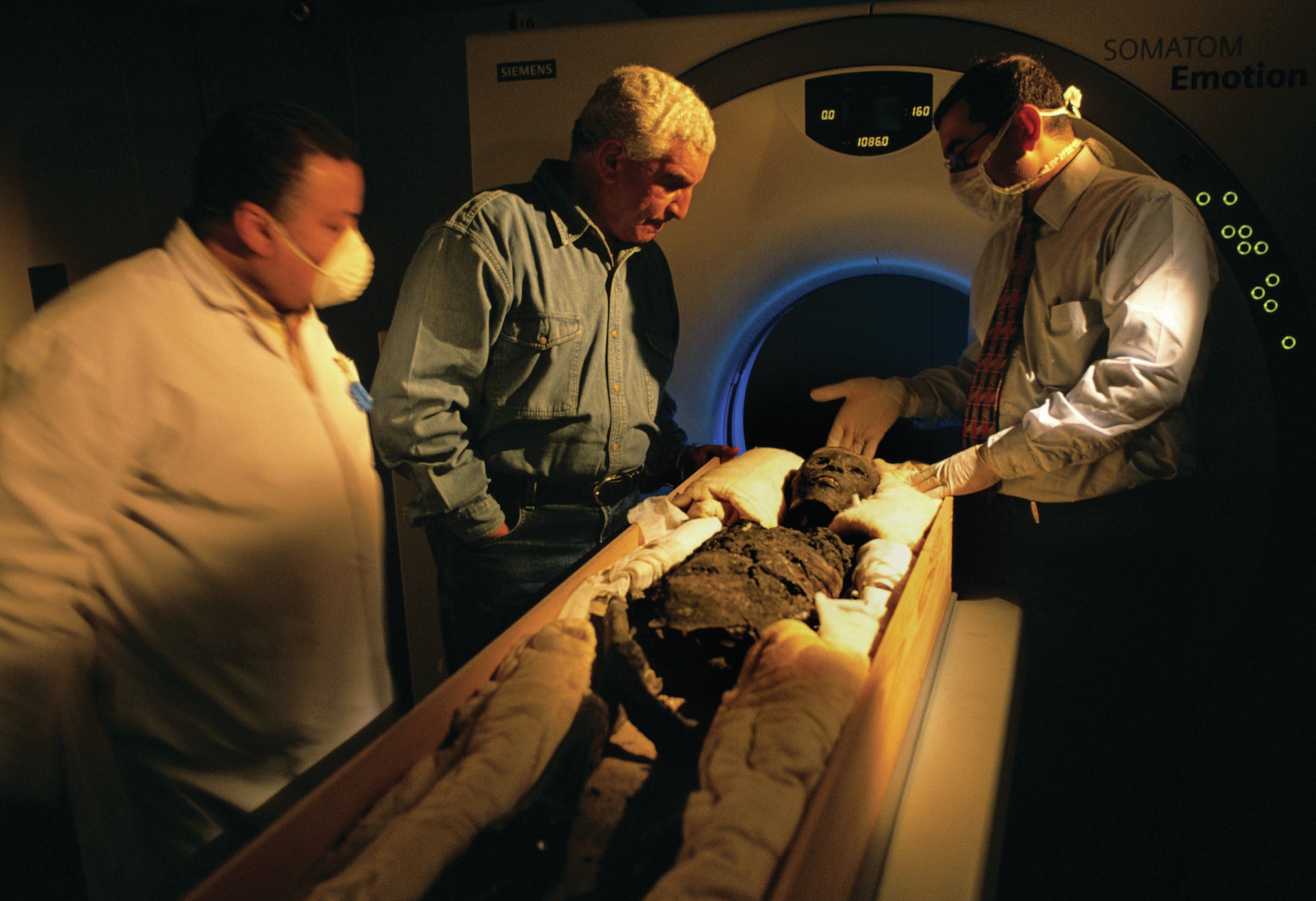
Some diseases leave indelible marks on our bones. Scientists study skeletons to understand the spread of disease in the past and the impact it had on individuals and populations. The study of factors affecting the health and illness of populations is called epidemiology and many people, not only historians, are interested to know how humans were affected by disease in the past.
The adult human skeleton has over 200 bones. Bone is an interesting tissue made up of organic (30%) and inorganic (70%) materials. The organic component is mainly collagen, which gives the bone some flexibility (BIOLOGICAL SCIENCES REVIEW, Vol. 22, No. 2, pp. 29–33). The inorganic component contains a complex compound of calcium phosphate, giving rigidity and strength. In young people the proportion of collagen is relatively high and the bones are relatively resilient. With age, the proportion of the inorganic component increases, making the bones rather more liable to break under strain. After death the organic part decomposes, leaving the bone relatively brittle.
Your organisation does not have access to this article.
Sign up today to give your students the edge they need to achieve their best grades with subject expertise
Subscribe




